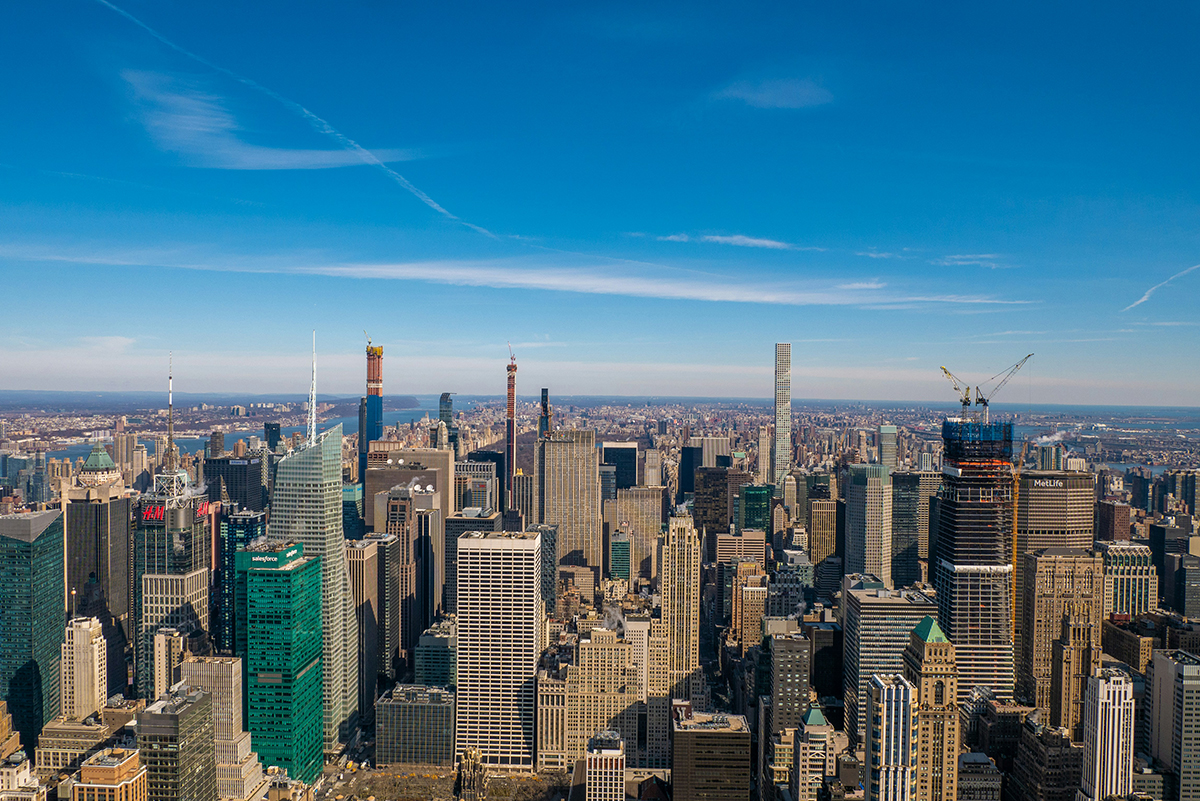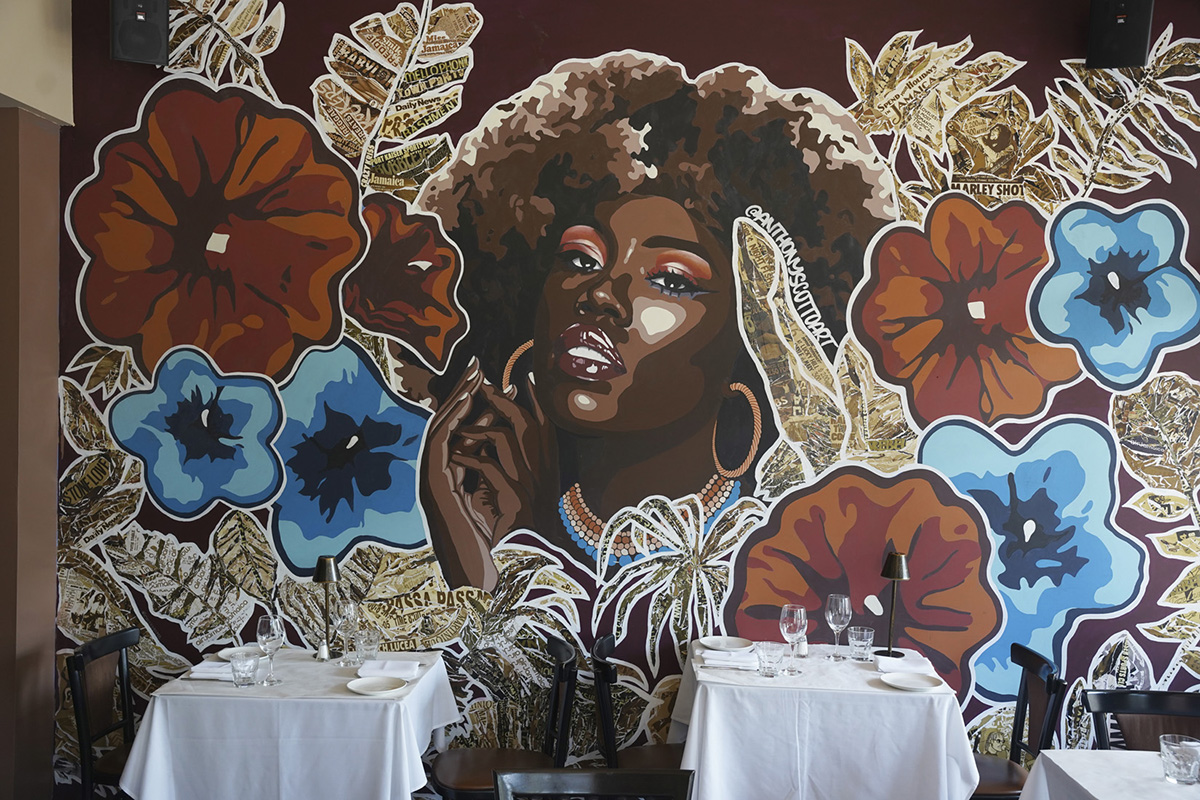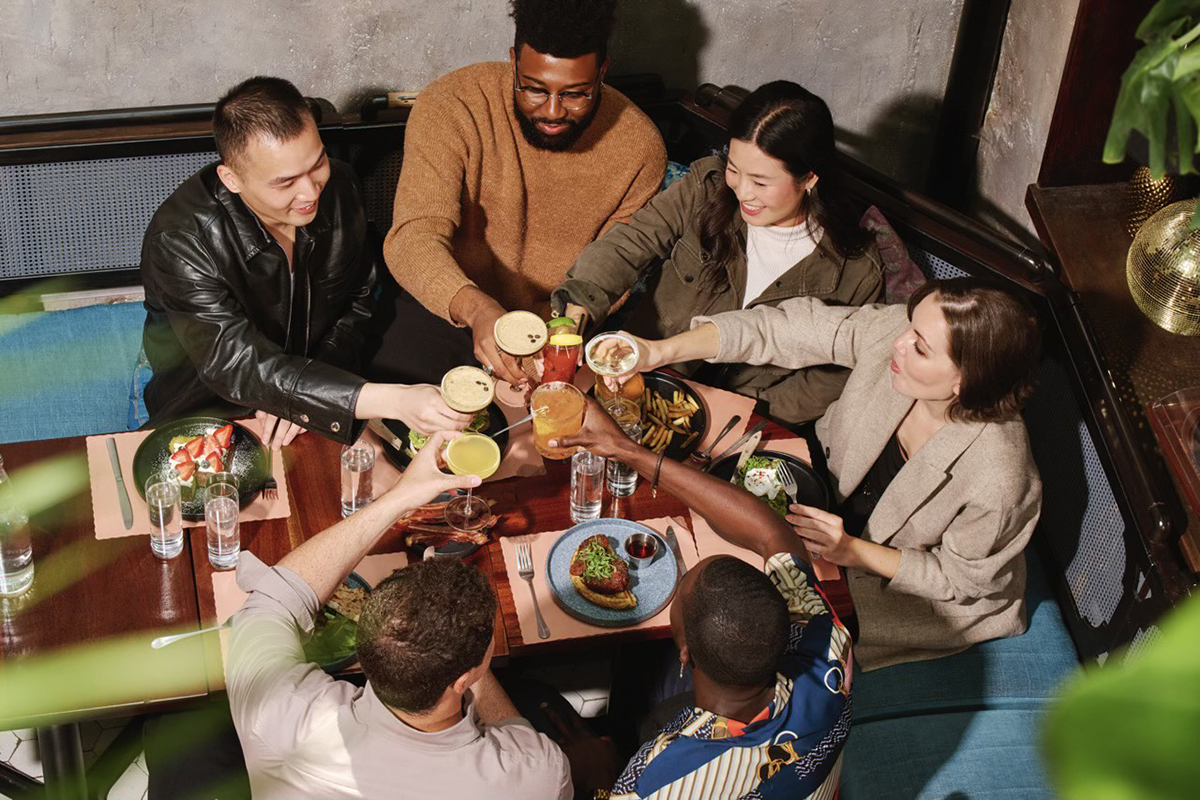Boerum Hill, named for the colonial farm of the Boerum family, is a small neighborhood in the northwest portion of Brooklyn. Many of the charming, three-story row houses, built between 1840 and 1870, are still standing, now occupied by young families, artists and NYC professionals. A short trip from Manhattan by subway or car—from Midtown, 20 minutes by subway, 20 to 45 minutes by car, depending on traffic—this residential area is most certainly worth a visit while in NYC.
From elegant contemporary fare to classic Jewish delis, you won’t be bored by the choices of eats in this quiet residential neighborhood, defined by historic brownstones and overarching trees.
At the Black Walnut, located in the Brooklyn Hilton, you will find a small, elegant dining room and selections that include fine grilled arctic char with white asparagus; do not miss out on the eye-popping sandwiches from the Mile End Deli, a tiny, Canadian-Jewish deli that seres melt-in-your-mouth Reuben sandwiches, housemade pickles and other great breakfast and lunch fare. For romantic dining, choose the always-popular Northern Italian restaurant Rucola.
Watering holes in Boerum Hill are diverse, from a modern, sexy craft cocktail spot to a pub that has survived two world wars to spots for unusual beers on tap. Brooklyn Inn, for example, boasts a gorgeous carved wood bar transplanted from Germany in the 1870s along with a pool table and an eclectic juke box.
Though chain stores have begun to pop up here and there in Boerum Hill, there are still local shops selling distinctive wares. Bejeweled offers a variety of ornate costume jewelry, hats, wigs and other funky accessories. Exit 9 Gift Emporium will give you kitschy souvenir ideas to bring home, like a “secular” Kurt Vonnegut prayer candle.
The jewel in Boerum Hill’s crown is the New York Transit Museum, which straddles Boerum Hill and an area that is still called, generically, “Downtown Brooklyn.” The museum is accessed underground, through a faux subway entrance.
Learn the massive history of the transit system and sit in vintage train cars—with original advertising—that were built between the early 1900s and the 1980s. Equally fascinating is the antique turnstiles and the history of the bus and trolley lines in New York City—complete with a city bus that you can man.
The Invisible Dog Art Center sits in a vast, converted factory building: some molds and industrial fixtures remain as remnants throughout the building. The Art Center now plays host to performance and visual art, as well as artists in residence, some of whom have taken on inspiration from the industrial nature of their surroundings.




